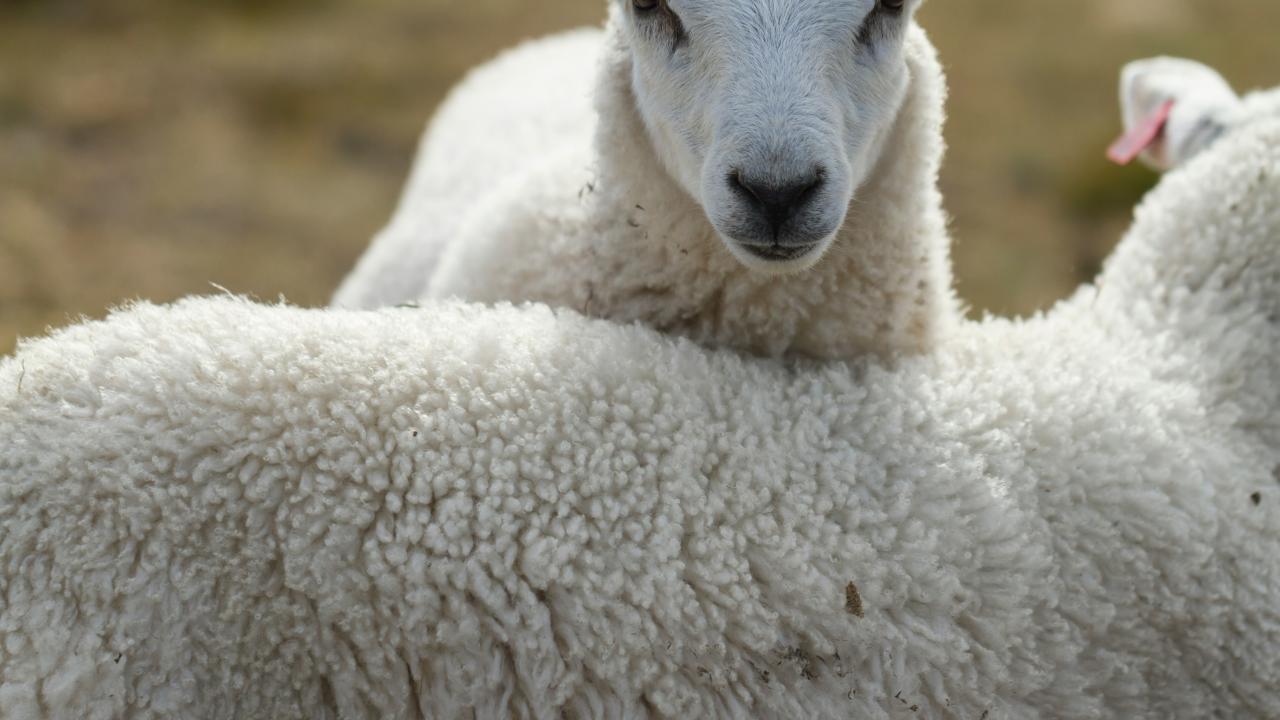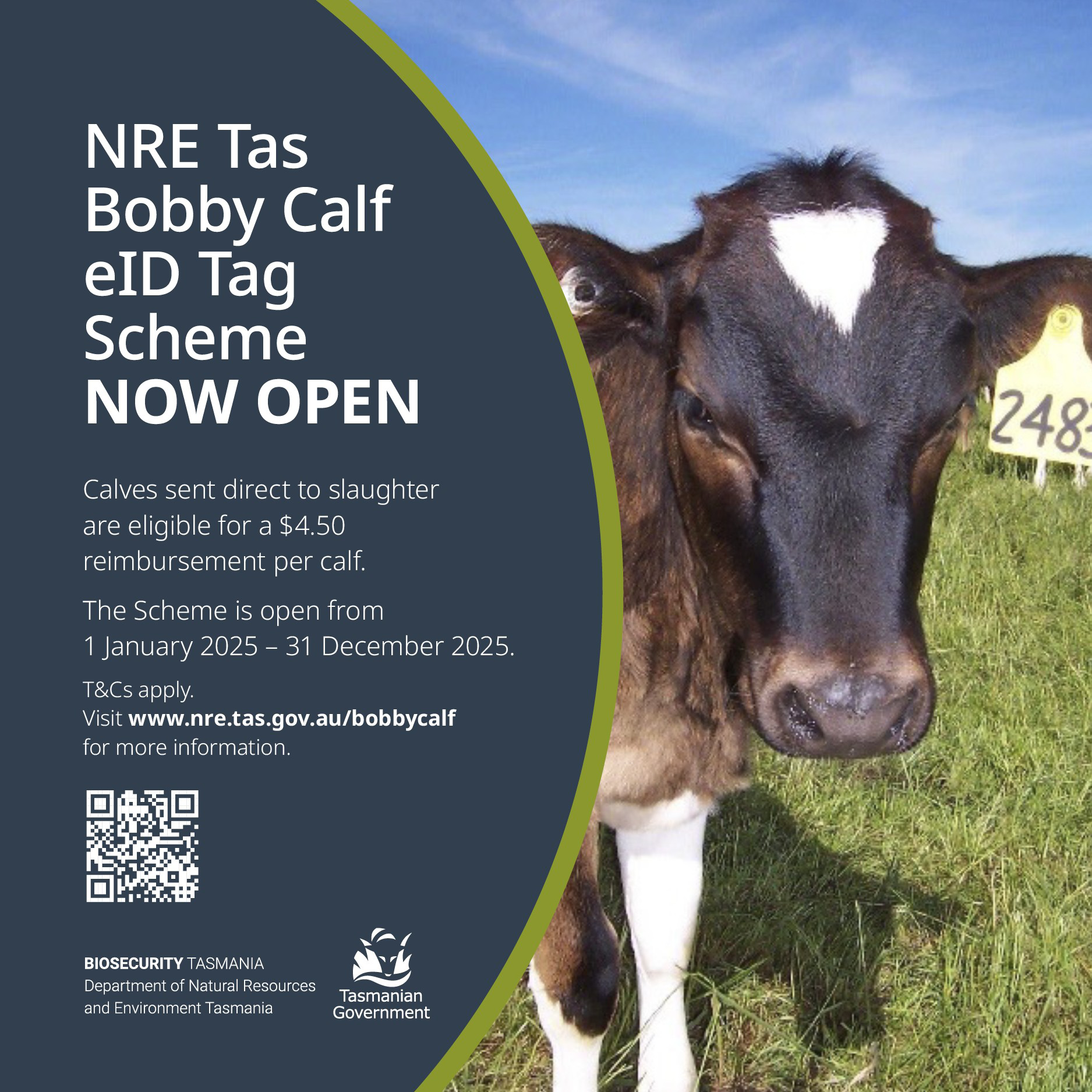Wool Report - Trade factor comes up trumps

THE Australian wool market endured a bit more turmoil last week with the global economic and political scene once again being upended by Mr Trump – however the outcome was mostly positive this time.
Ever since April 2, world trade has seemed to enter a period of De-Liberation and most companies report that business has stalled while customers wait to see what the outcome will be, so world trade has contracted rather than being liberated.
Now as some trade deals are negotiated or various others paused for 90 days there is more confusion, but also some optimism.
With the US/Sino negotiations agreeing to a reduction of 115 per cent on each side many bourses roared to new highs, but the wool market failed to follow on Tuesday for some reason.
On Wednesday, however, the mood was much better and demand for quick shipment of greasy wool picked up giving the market a boost.
The week saw very little change overall in both AUD and USD with a 2c drop locally in the EMI and a 1c drop in USD Terms.
A weaker Euro saw prices in that currency rise by 9c, but that did little to inspire business activity although the share market in Germany did hit another record high immediately after the tariff reductions between America and China was announced.
That and the new infrastructure spending package recently announced by the incoming government has seen the German economy lift itself off the floor and perhaps will boost sentiment in Europe in the near future.
As has been the case in recent weeks or months, the few available lots of superfine wool are selling very well, and the wools with better yield and strength are also bringing very good prices.
But there are simply too many of the drought-affected wools for the trade to absorb easily, or at least be enthusiastic about, and so these lots are being discounted in comparison and therefore affecting the overall market indicators more than they normally would through sheer weight of numbers.
It was pleasing, however, to see a few green spots on the market report at the end of the week with most merino types in Melbourne managing to finish in positive territory as did the crossbred sector and also the carding sector did quite well in selected types.
The currency movements were unchanged overall but moved about considerably during the auction to continue to make life difficult for exporters and traders.
The larger processing mills in China continue to get the lion’s share of the available business leaving their smaller brethren in their wake and many smaller mills have reduced or ceased production until better times return.
Since the resumption of work after the Chinese New Year in February early-stage processors have been filling the pipeline with product and are now showing some signs of nervousness about the situation, and they are wondering if they too should continue turning machines over or reduce production.
They mostly have orders against the wools they are currently buying and processing, but the orders are only good if the letter of credit turns up and the sample is approved, both of which can be affected to a large degree by the external market factors.
So, everyone is keenly attuned to the global economic picture as they realise that it will definitely influence their customer’s behaviour and the sanctity of their contracts.
A willingness to have a conversation between China and America, and obviously the reduction of the tariffs to more realistic level is obviously a start, but it doesn’t actually solve the problem in the immediate future because the 90-day pause just keeps everyone on tenterhooks for the next three months – a period within which the wool industry needs to make some concrete decisions around production for the current season.
Waiting until mid August to decide how many garments to make for the 2025/26 Autumn/Winter season is simply not feasible, so some will need to take the plunge and produce, while others may sit this one out, and write off the season if they can afford to do that.
Fast fashion producers in China’s southern province of Guangzhou, those who produce the cheap and nasty, basically disposable clothing for online sellers such as Temu and Shein are feeling the pain from tariffs much more than the wool industry is, which is probably a good thing for the planet.
Along with the uncertainty over what the future tariffs will be, Trump has also removed the duty-free exemption which was previously in place for items less than $US800.
Now the importers and sellers of the $5 USD T-shirt will be forced to pay duty on these items and the effect on their selling price will be relatively large in percentage terms and hopefully customers will look for better value, longer lasting, more environmentally responsible clothing items rather than this cheap junk which inevitably ends up in landfill after one or two wears.
The wool industry has been working incredibly hard over the past two or three years to enhance merino wool’s environmental credibility and rewrite the PEF legislation which the Europeans initially proposed casting fossil fuel derivatives as clean and green.
Lots more lobbying is still required to ensure commonsense prevails, but the building blocks are now in place and when demand does return woollen garments are set to benefit from all this hard work.
So now all we need is for geopolitical and economic conditions to continue to improve and a low supply situation will ensure that the market rises significantly. In the short term however, we will grind along until the wheel does turn.




Add new comment